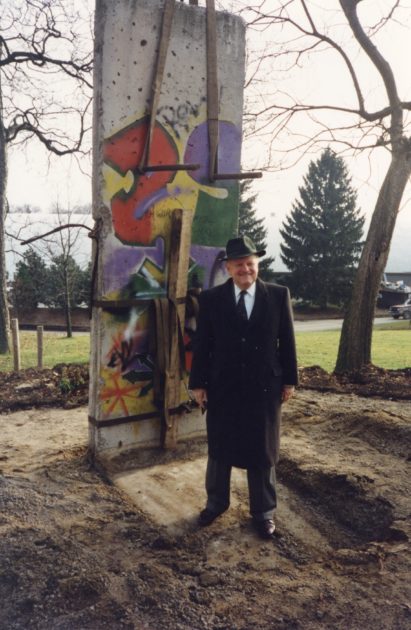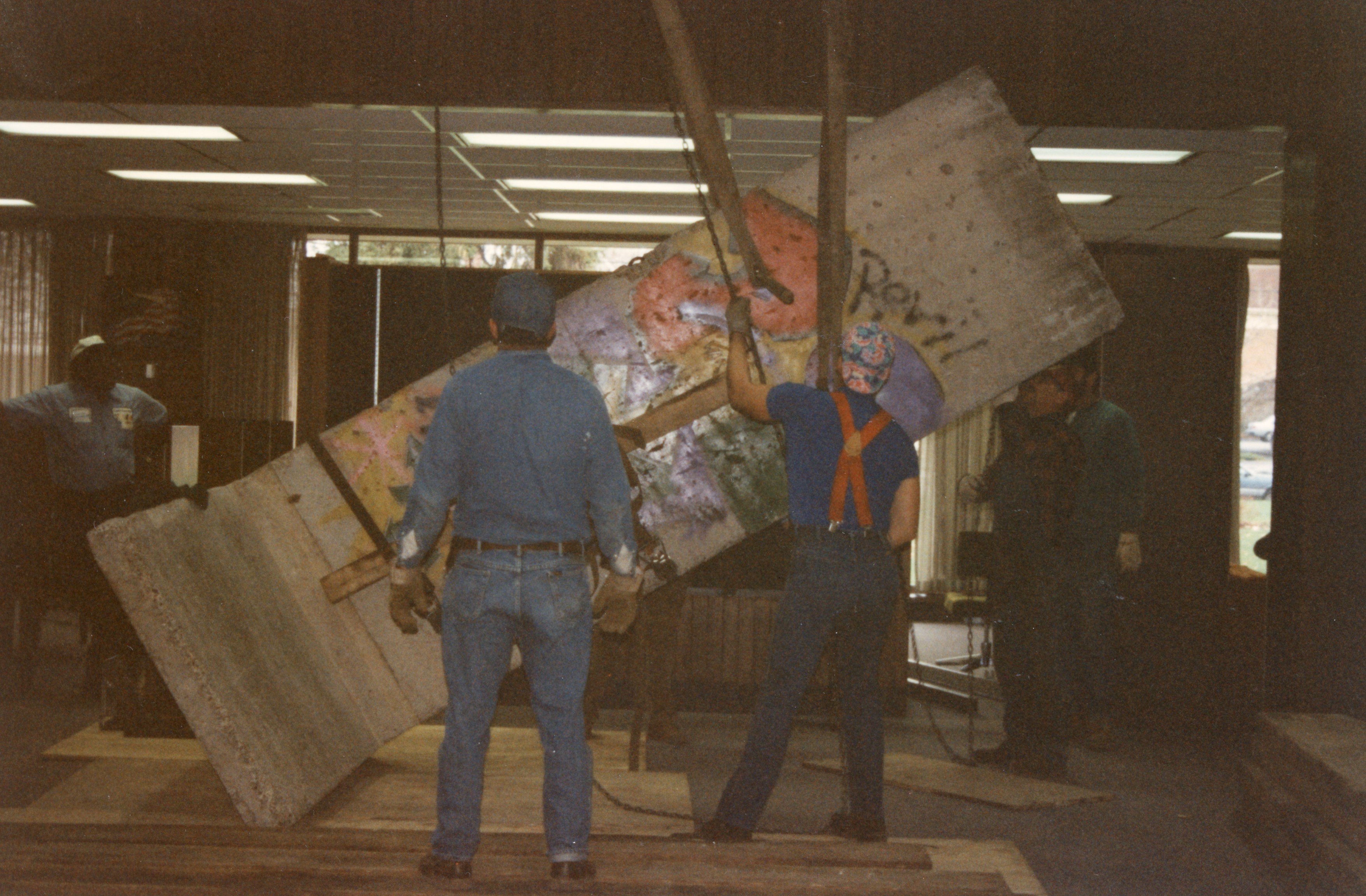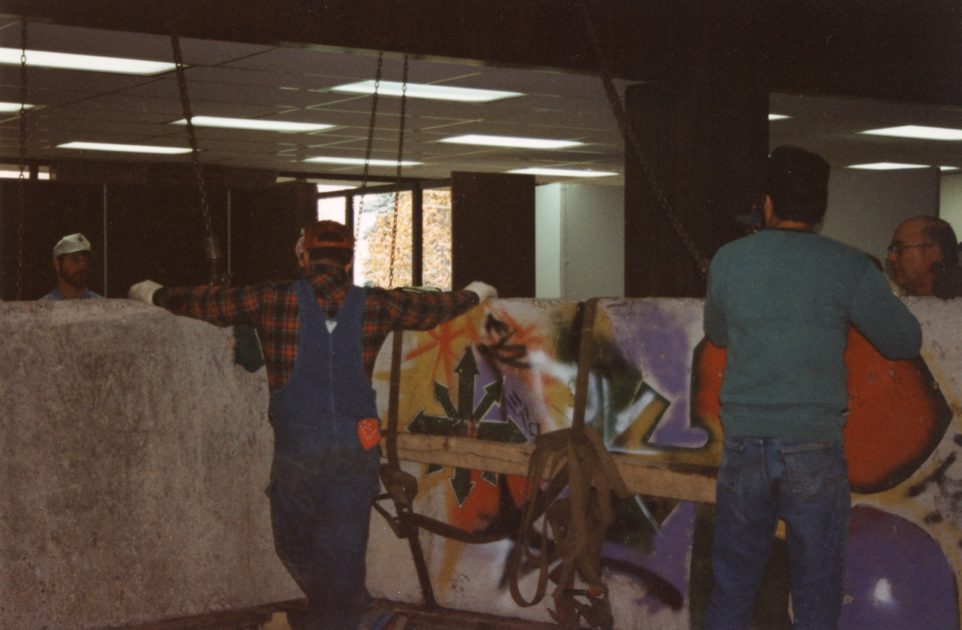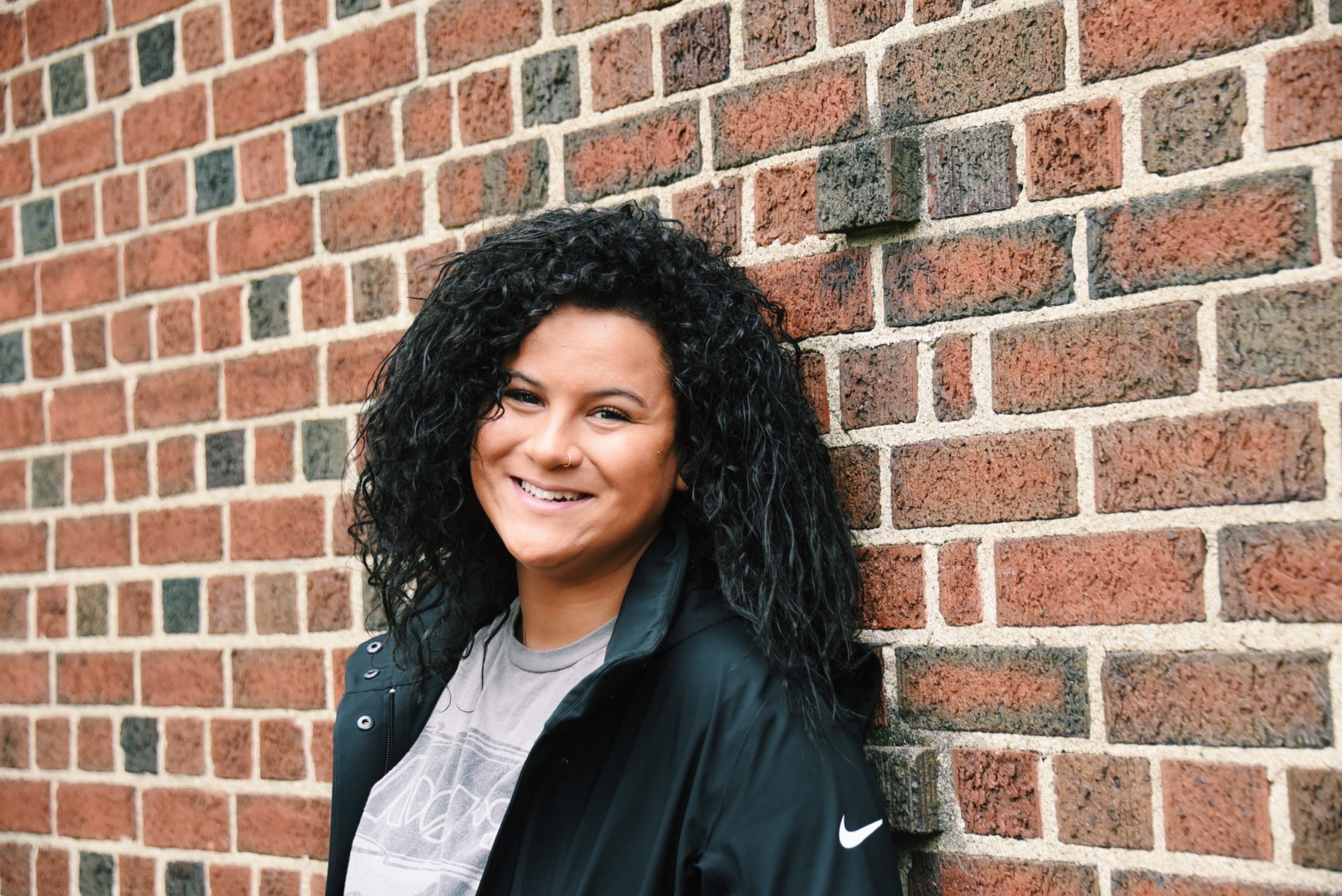This week marks the 30th anniversary of the fall of the Berlin Wall, and students can see their own piece of history by visiting the large piece of the wall that’s made its home on campus.

Dr. Andrew Carlson, a history professor at the university, said that the Berlin Wall “was one of the most potent symbols of the Cold War between the USSR and U.S.A.”
The city of Berlin was located within the German Democratic Republic in East Germany; however, the city itself was divided between a West German side, who partnered with the USA, and the East German side, who partnered with the USSR.
Between 1948 and 1961, hundreds of thousands of East Germans escaped to the West through Berlin. Building the Berlin Wall was the only way to prevent them from escaping. After the wall was built, about five thousand East Germans escaped and about 100 were killed trying to escape..
Carlson said this was important because it “sent a powerful message that Communism was a failed social and political system. The collapse of the USSR in 1989 seemed to confirm the victory of democratic liberal values.”

When the wall fell, “the iron curtain” separating the East and the West also fell.
Today, Germany is reunified and the USSR is no more. However, conflicts between the U.S. and Russia still remain.
In 1992, the university received a 12-foot-tall, 2.8-ton segment of the Wall that was exhibited as part of the Ameriflora Exhibit from Franklin Park in Columbus. They chose Capital because “it was an appropriate educational environment,” according to the Jan. 7, 1992 issue of The Chimes.
According to old editions of The Chimes and photos and publications from university archives, the piece was originally installed Dec. 3, 1992, in the university library. Private funding paid for the moving and installation costs of the project, including the reinforcement of the library floor where the piece would sit.
The large piece of the wall was later moved to the grassy area behind Huber Spielman, where it still resides.
In the Dec. 1, 1992 edition of The Columbus Dispatch, Josiah H. Blackmore, previous president of the university, talked about the significance of the piece of history.
“It represents what education is for, the victory of truth over ignorance, liberty over tyranny, and love over hatred,” he said.
According to the story in The Chimes, the piece is on permanent loan from Hansa Consulting, GmbH, a German-based company. At the time, the company said it had many options for the placement of the wall section, but landed at Capital for a few reasons.
“We chose Capital because of its German heritage and the educational setting that the university provides,” Jerry Sellman, the corporation’s representative in the United States, said in an interview with The Chimes at the time. “In addition, at Capital, it will be accessible to the widest possible audience.”
For further information on the significance of the wall, Dr. Betsy Pike’s FMP 494 Immersion class, who are working on a documentary about the university during World War II, will be making a 15 minute presentation today, Thursday Nov. 7 at 3 p.m. in the courtyard at the back of Huber Spielman.




